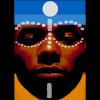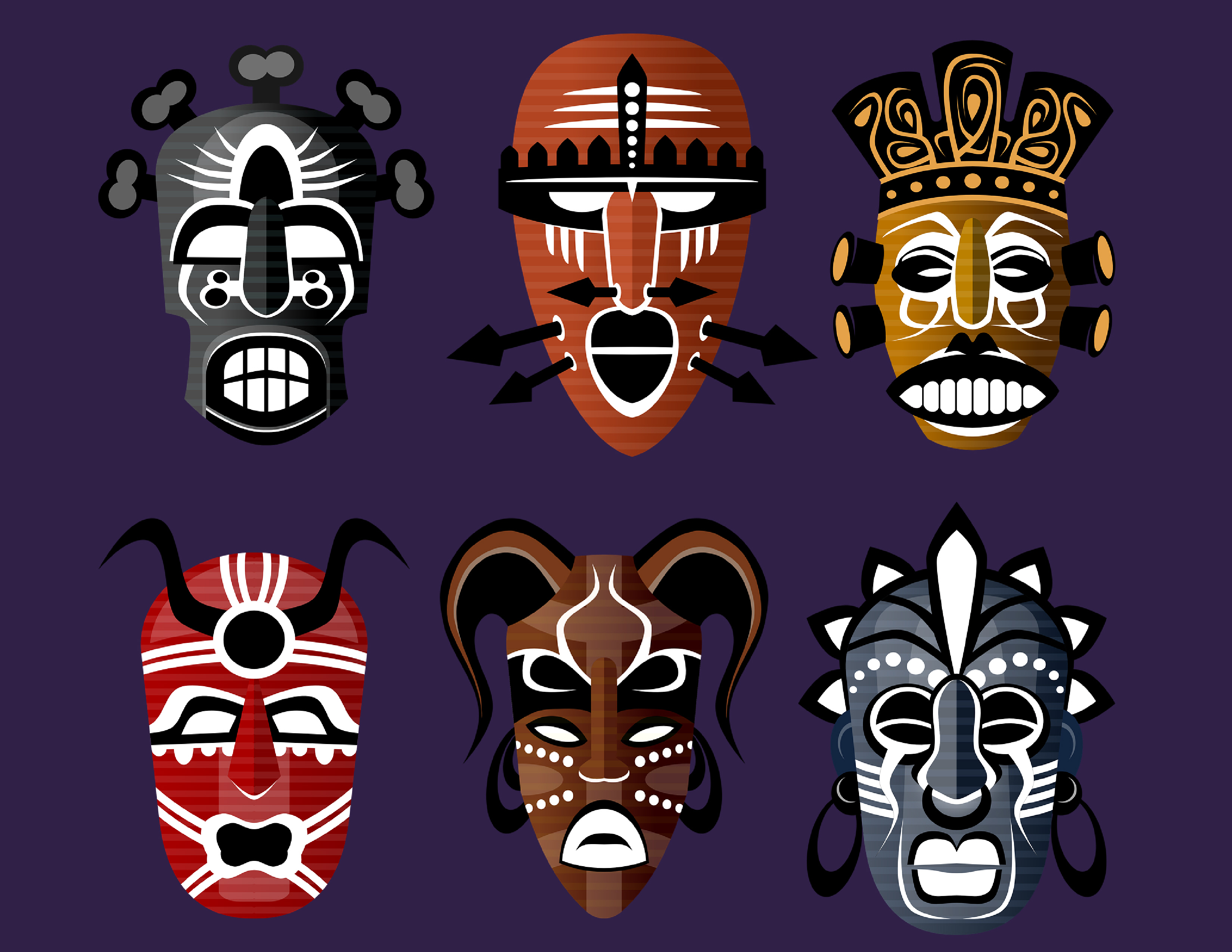 Submitted by Shaman Mobolaji on
Submitted by Shaman Mobolaji on

Derivative Images
The orishas are the emissaries of Olodumare or God almighty. They rule over the forces of nature and the endeavors of humanity. They recognise themselves and are recognised through their different numbers and colors which are their marks, and each has their own favorite foods and other things which they like to receive as offerings and gifts. In this way we make our offerings in the manner they are accustomed to, in the way they have always received them, so that they will recognise our offerings and come to our aid. - http://www.orishanet.org
Before unarmed black men were being killed by police, before Africans were enslaved and brought to the Americas, before Christian missionaries arrived in Africa, African people had been practicing their own religion for thousands of years. As I watched my city burn in the aftermath of the acquittal of the police who brutalized Rodney King, I wondered if this indigenous spirituality was still alive, and if so, could connecting with it empower African Americans in the face of the racism that plagues their lives?
Within a month, I’d met a priest of Ifa, the spiritual tradition of the Yoruba people of what is now Nigeria, and begun to learn about their mythology and healing ceremonies. I studied with this babalawo, who was a healer, diviner, ceremonial leader and master drummer for a decade and a half.
Now that I have some knowledge of indigenous African religion, I am convinced that embracing this ancient spiritual tradition could be empowering for African-Americans. Ceremonies invoking the assistance of the archetypal deities known as orishas could be powerful alternatives to rioting.
Although Ifa is sometimes wrongly-labeled “voodoo”, in my experience, it is a beautiful tradition that honors Nature and human complexity. It is not black magic. In fact, it is not magic at all. Ifa practitioners are clear that what they do is a focused spiritual practice that creates healing for individuals and communities through the positive vibrations of drumming, dancing and chanting affirmations. In my experience, this practice is entirely joyful and life-affirming.
Perhaps giving “voodoo” a bad rap was an intentional tactic designed to help oppress powerful cultures. As with Native Americans, separating African people from their traditional spirituality was an effective technique for controlling them. Without that anchor, people become lost and self-esteem is shattered.
Reconnecting with indigenous religion reestablishes ties to ancestral wisdom. Respect for ancient cultural truth can rebuild self-esteem. I see Ifa as a sophisticated blend of quantum physics and Jungian psychology. It’s a healing technology that uses sacred rhythms to realign out-of-harmony energies. Chants, dance and drumming are dynamic affirmations of positive outcomes. The metaphors of Ifa mythology help us identify archetypal energies within ourselves.
In this mythology, Oludumare is the energy of creation, perhaps equivalent to the western idea of God. Oludumare is the intelligence above all. It’s not a being. It’s simply energy. Oludumare presides over the orishas, who are intermediaries between humans and Oludumare. Orishas are actual historic persons who have ascended to divine status after their deaths in the distant past, like Catholic saints, but each orisha also embodies universal energy that is identified with a natural element.
The Ifa practitioners I’ve studied with are clear that the orishas are metaphors for different aspects of human nature, yet orishas are also actual elements of our natural world (such as the river, fire or the ocean). We all have all the orishas within us and Ifa ceremonies allow us to experience their different energies. Similarly, Jung believed archetypes considered together reveal the complexity of the human psyche and experiential encounters with archetypal energies allow us to understand the divine nature of their wisdom. According to my teacher, each orisha is a channel of energy, and ceremony tunes us in to those channels.
How could Ifa be used to heal racial injustice? Here’s one possible scenario: As tensions are rising after an inflammatory event, a local babalawo invites the community to a ceremony. When the group has gathered, he invokes the orisha Elegba, the trickster who lives behind our head and pushes us to make mistakes. Elegba whispers in our ear to get us to make bad choices. President Obama called the rioting in Baltimore “counterproductive.” That’s Elegba tricking the community into self-sabotage. However, when we acknowledge Elegba, he comes out in front of our face where we can see him and honor him. Then he becomes the messenger to all the other orishas. That’s why he is always honored first in every ceremony.
Next the babalawo asks the orisha Ogun to heal the hearts and minds of the police. Ogun is the orisha of iron and war. Police and soldiers are considered his children. Ogun could take the fatherly role of correcting their behavior, and/or he could use his mighty machete cut through obstacles in the path of African-Americans. Finally, the babalawo calls on Shango, the orisha of fire, thunder and lightning. Shango, a king and a judge, will see that justice is done.
Each orisha is honored with pounding drums, wild dancing and affirmative chants. The high-energy ritual continues far into the night. Celebrants leave uplifted, exhausted and comforted by an authentic experience of community. Then the orishas go to work in the unseen world.
Far beyond mere superstition, such ceremonies are an intentional focusing of energy (those vibrating electrons described in quantum physics) toward a positive outcome. The larger the group of people simultaneously moving energy toward a single outcome, the faster and stronger the result will be. When the celebrants reflect the diversity of the community, the ritual becomes even more powerful. Ifa followers are not restricted to people of African descent. The practice welcomes all ethnic backgrounds. Let’s dance together for justice and true equality.
Marsha Scarbrough http://www.shamanportal.org/article_details.php?id=985
- 1523 reads